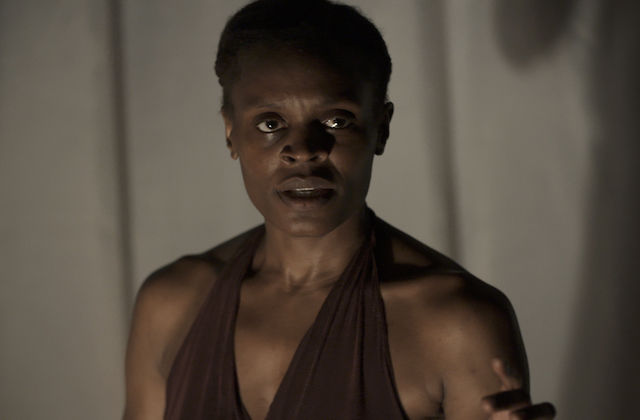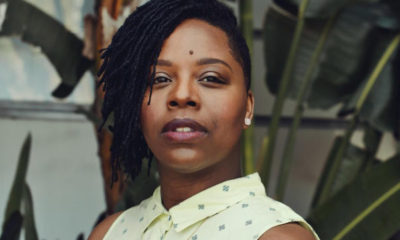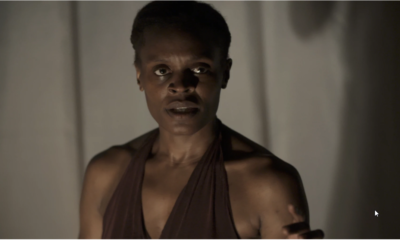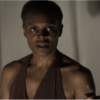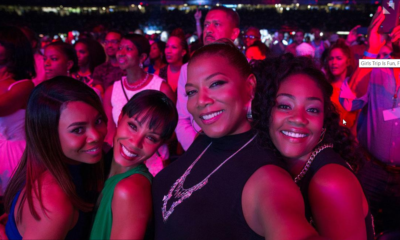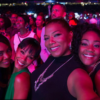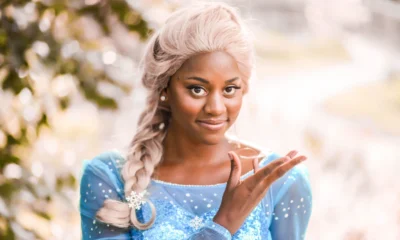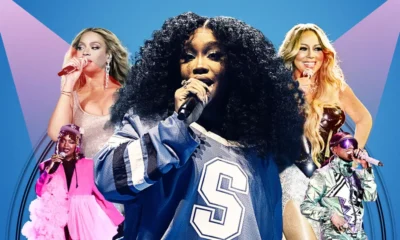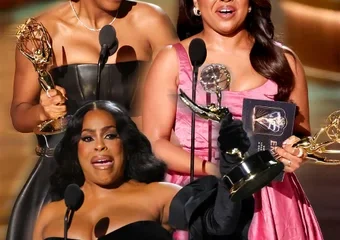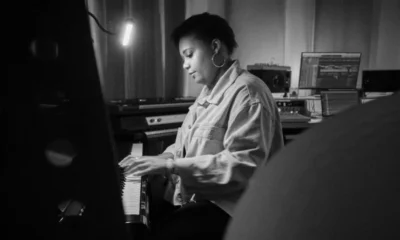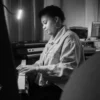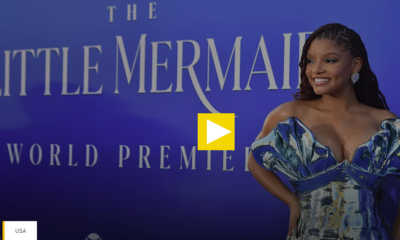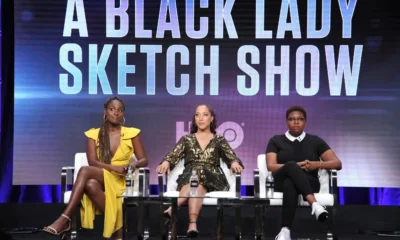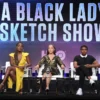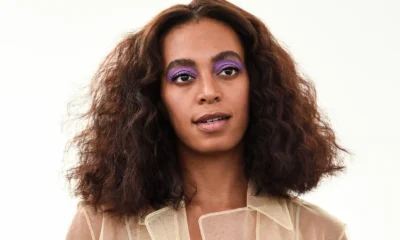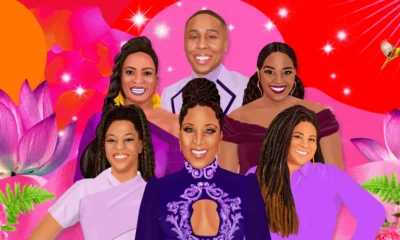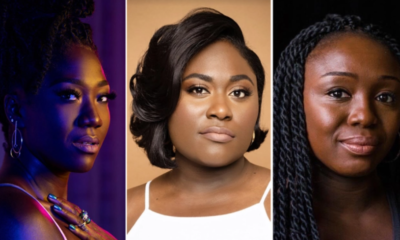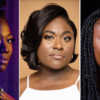Black Women in Entertainment
4 Questions with ‘Bronx Gothic’ Creator and Star Okwui Okpokwasili
In a new documentary the Nigerian-American performance artist expands on the themes of “Bronx Gothic,” her award-winning one-woman show that depicts Black girls coming of age amid sexual and systemic violence.
Multidisciplinary artist Okwui Okpokwasili, who you might notice dancing in JAY-Z’s TNEG-directed short “4:44,” earned widespread acclaim and her second Bessie Award for “Bronx Gothic,” a one-woman show that tackles the violent socialization of Black and Brown girls. A new documentary of the same name will further her influence.
In the “Bronx Gothic” documentary, director Andrew Rossi (“The First Monday in May”) weaves together clips of the work which is about two Black girls navigating puberty amid sexual and societal violence. Okpokwasili uses jagged movements, an abrasive score, fractured conversations and the recitation of letters to “put the audience in the bodies of Black girls.” The film builds on these themes with talkbacks with Black women in the audience, Okpokwasili’s reflections on growing up in The Bronx and candid discussions about race with her White husband, Peter Born, who directed the play.
We spoke to Okpokwasili ahead of the film’s premiere tomorrow (July 12) at New York City’s Film Forum, discussing her intent for the documentary, theBlack Lives Matter movement, performing in predominantly-White theater spaces, “4:44” and far more. Here’s a condensed version of that conversation.
I’ve known [TNEG member and filmmaker] Arthur Jafa (“Daughters of the Dust”) for quite a while, and JAY-Z was talking to him about “losing the ego,” or becoming something that’s not JAY-Z. He asked Arthur to do something, and Arthur asked me to come and be a part of it. We were thinking about Black love and its complexity, and I was so psyched to be a part of it. I actually actually never even met or talked with JAY-Z, except in this vicarious way. It was such a privilege to work with [dancer and co-star] Storyboard P.
TNEG was taking, in a form of collage, these curated moments that come from Black life, and making a world of it. Storyboard P and my characters were emerging out of that narrative and going back into it. I like that we’re part of this larger ecology, but there’s a very specific rhythmic language that TNEG is …
Please read original article – 4 Questions with ‘Bronx Gothic’ Creator and Star Okwui Okpokwasili



